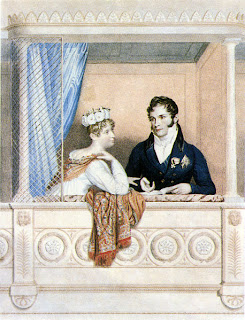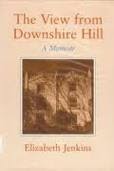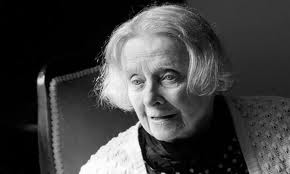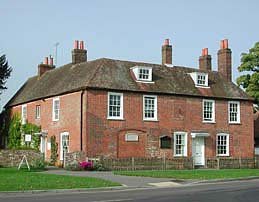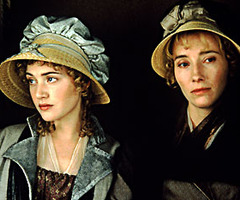Here we are, exactly two hundred years from the day that Jane Austen’s first published novel, Sense and Sensibility, was published. Wheeeee!!! Hurrah for you, Jane.
Last April, the 25th to be exact, I blogged here about Miss Austen’s work in April, 1811, correcting proofs for her first novel, the work she could no more forget “than a mother can forget her sucking child.” In that letter from London to Cassandra at brother Edward’s estate of Godmersham in Kent, she hoped to see the published book, if not in June, then soon thereafter. But it was delayed until the very end of October.
If you are a published author, or if you know of one, then you are well aware of the excitement with which Jane Austen must have viewed the first advertisements for her novel, then to see it for sale and hold it in her hands. Speaking for myself (Victoria here), such experiences were among the highlights of my life. And every author I have known felt the same way, so the sucking child analogy resonates, as so many people say these days (when did all these resonances become so widespread?)
Jane Austen was back in Chawton by June 811 and we have no more of her letters until October 1812, so we cannot say what her reaction to seeing — holding — clasping her first novel was specifically. We have to use our imaginations. I see her holding the volumes high and spinning around the room in high excitement — but not in front of anyone. All by herself. Perhaps only to Cassandra did she confide her delight. Or perhaps went into the garden and just stared at that title page. Sense and Sensibility, A Novel in three volumes, By A Lady.
Or perhaps, if the day it arrived in her hands was sunny, she skipped over to the walled garden of Chawton House and found a ripened apple to eat while she turned the pages of the finished product. Once when I was at Chawton (it was 2003), the gardener gave some of us a tour and he pulled some apples from the old gnarled trees, assuring us that these were the exact trees from which Jane would have picked. I felt like I was eating something VERY special. I forgot to ask the last time I was there in 2009 whether they had successfully grafted shoots from these ancient apple trees onto younger stock as the Head Gardener was planning.
This anniversary has been celebrated all over the world and I am delighted to add my tuppence to the cheers I can hear all the way from your computer to mine. Congratulations, my dear Jane. I feel a personal camaraderie with you today. Three cheers!!! Or, rather, several hundred.








